With the Academy Awards wrapping up another decade of cinema, let’s look back on the Best Picture winners and the legacy they left.
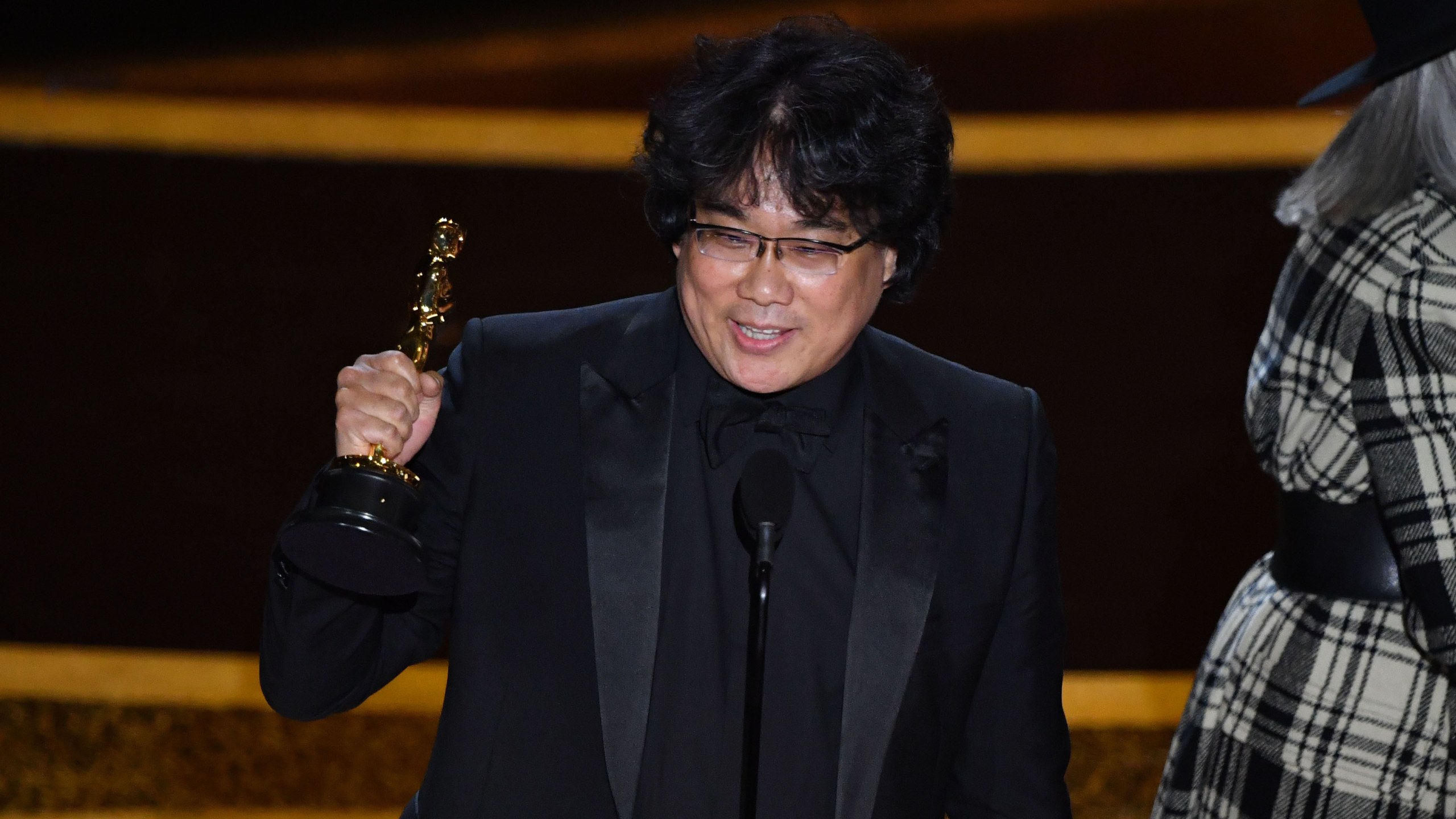
Parasite has emerged from a year of stiff competition as the final Best Picture winner of the 2010s, a choice that has been praised by critics and general audiences alike. Director Bong Joon-Ho released one of the year’s most acclaimed films, with Parasite winning the Palm d’Or upon its debut at Cannes, and has dominated the recent news cycle on everything from Bong’s translator Sharon Choi to nearly making Martin Scorsese cry to memes made about his Oscars.
The recent, and well-deserved, praise for the Academy’s choice of Best Picture revitalises the old and unanswerable question about art: What makes good art? Or, perhaps more appropriately, what makes a good Best Picture winner?
“Live Your Own Time”: Do Certain Stories Become Less Important?

In the 2007 film I’m Not There, Woody Guthrie (one of six Bob Dylan’s in Todd Haynes’ surrealistic take on the singer) finds himself at odds with his listeners. An African-American boy of 10, Woody sings about unionisation, boxcars full of itinerant workers, and the Dustbowl twenty years after these issues were relevant.
The people he meets along the way don’t see Woody’s songs as necessary anymore, his songs about social action becoming mementos. At one point, a woman whose house he stays in tells him at dinner to “sing about your own time”, a time when the issues at hand seem unsolvable. Instead, Woody idealises a time passed by where the ending is determined. He finds an audience briefly, when a white couple take him in as entertainment for guests and to be a token of social awareness.
In some sense, the tension between the Academy and the Best Picture winner is reflected in this storyline. Woody, an artist struggling to create against the grain of popularity, whose appeal is not to the general audiences he sings about but to an institution that aggrandises a moment of time. Is this not the story of Birdman, The Shape of Water, or Spotlight, whose success at the Oscars undercut perhaps more deserving titles and in turn alienated audiences by becoming the movie that stole Best Picture?

But these movies were not Shakespeare In Love or The English Patient, Best Picture winners that succeeded only by appealing to a majority demographic of Academy members and offering little else. Birdman had a strong dynamic of performance meets cinematography meets score to create a truly immersive and exciting experience (an effect recently replicated by 1917). The Shape of Water was a love letter to cinema but it also acted as an allegorical biography of its director, Guillermo Del Toro, whose influences and style was analysed as it was presented onscreen.
As for Spotlight, its story is hardly an attempt to remind an ignorant audience that abuse in the Catholic Church happened as it was a reminder of how it began and that it still continues. Spotlight might be one of the most important socio-political films of the last decade, looking at the relationship between communities and the church, the importance of integrity in the media and journalism, deconstructing the mythologies around institutions, and the extent of post-globalisation apathy.
These three films, while undeniably skillfully made, still left mixed reactions after winning Best Picture. Birdman and The Shape of Water both fell in a popular category for the Academy this past decade: movies about movies. Spotlight appealed to the other popular category for the Oscars, the political story, especially when that story is about an underdog group of journalists upholding their American ideals in the face of an institution. Nominees such as The Post, All The President’s Men, and Frost/Nixon all play into this sub-genre.
But the underwhelming reception of these films into the Best Picture annals suggests that these films didn’t resonate with a wider audience in this context. The victory of Birdman marked the fourth Best Picture winner since the beginning of the 2010s, barring 12 Years a Slave, that focused on the virtues of the industry and acting. It’s understandable that audiences would reject this decision and instead favour films like Whiplash and Boyhood as more deserving of the title.

The success of The Shape of Water was a result of the tensions within the industry. Following the exposure of systematic abuse in Hollywood, a film that starred a mute woman who still managed to make herself heard against a patriarchal authority was too tempting not to praise. The film’s period setting and its familiar story of a forbidden love, paired with the classic Hollywood aesthetic, made the Academy choose the safest nominee.
Nearly any other year, this election would be well-deserved had it not been for 2017’s consistent turnout of high quality films. Call Me By Your Name, Get Out, and Three Billboards Outside Ebbing, Missouri all presented those same themes of forbidden love, discrimination, and gender relations as The Shape of Water and explored to a greater effect.
Spotlight, meanwhile, presents a more nuanced challenge as to why it faced disinterest. A decent percentage of the nominees for 2015 had striking similarities. Spotlight, Bridge of Spies, and The Big Short were all based-on-true-story films, 2 hours plus some, and both Spotlight and The Big Short boasted ensemble casts
These three films against the audience favourite and critically acclaimed Mad Max: Fury Road was a stark reminder that the Academy, despite its multiple nominations, would ultimately award Best Picture to a more traditional choice. Naturally, when the Oscars took place, Mad Max: Fury Road took home six technical Oscars while Spotlight won Best Picture and Best Original Screenplay.
The Deer Hunter and the History of “Oscar Bait”
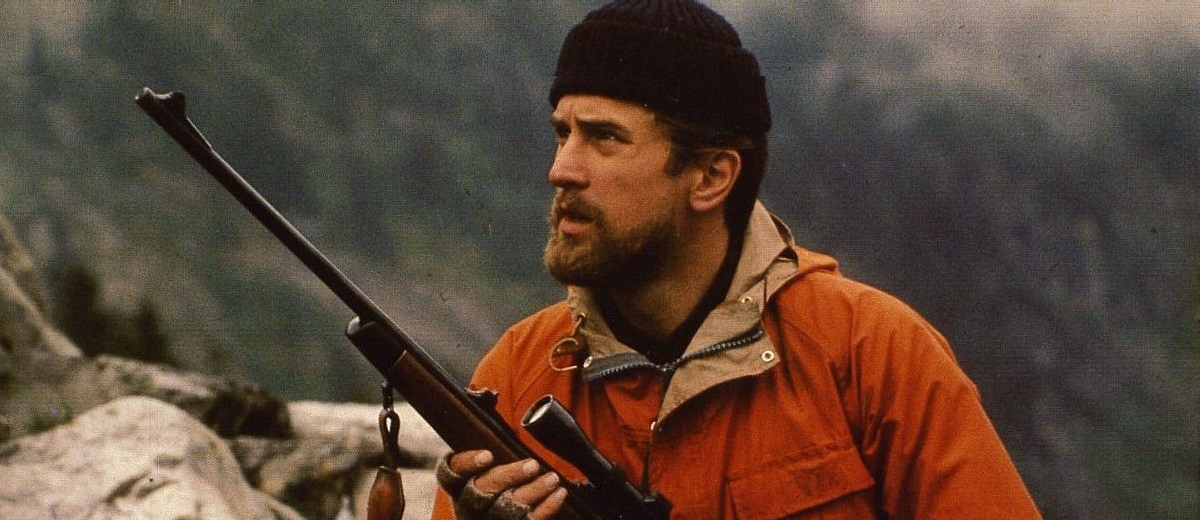
After the cinematic revolution of the 1970s, where studios gifted recent film school graduates enough money for them to become household names today, the expectations for what made a film Best Picture worthy shifted dramatically. A decade that saw the release of such classics as The Godfather, Star Wars, One Flew Over The Cuckoo’s Nest, and Network raised the bar substantially.
The previous ten years of the Oscars had seen the choices of relatively twee films like My Fair Lady, Tom Jones, Oliver and A Man For All Seasons. By the 1980s, after Star Wars proved that films could be commodified, the popular films in cinemas weren’t Dog Day Afternoon or Deliverance, but Top Gun and Beverly Hills Cop.
The response by the Academy to prevailing commercial interests was to reward films that followed the auteur style of filmmaking that dominated the 70s. Looking at the complete list of Best Picture winners for the 1980s reveals a style of election that resembles the 2010s more than the 1960s, where movies like Raiders of the Lost Ark lose to Chariots of Fire. The 80s saw the popularisation of what we today call “Oscar bait”, a trend that began with The Deer Hunter, albeit unintentionally.
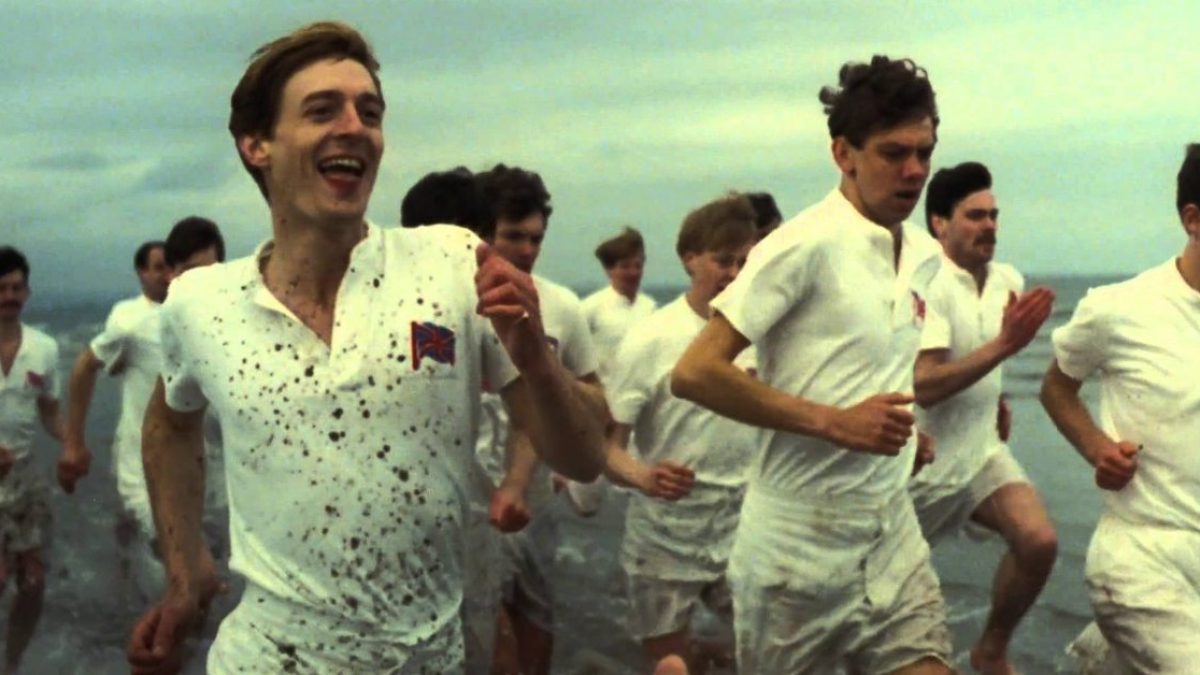
It’s 1978 and Universal Studios just had a test screening of The Deer Hunter in Detroit to a disastrous reception. After an attempt to recut the film down from its three-hour runtime, Universal executives hired producer and marketing genius Allan Carr to figure out how to spin the film to audiences. Carr decided to screen the film on a prestigious cable TV channel and had the studio release The Deer Hunter in only two cinemas, one in L.A. and one in New York.
Carr had understood that the Detroit screening had gone so awry due to the conflicting demographic between the film’s content and the type of people who live in Detroit. Instead, by screening in New York and L.A., Carr ensured that artists in those cities would hear of the film through the TV channel and then see it in cinemas. The Deer Hunter only had a widened re-release following the announcement of the Oscar nominations where audiences flocked to the cinema.
The Deer Hunter won Best Picture and proved that marketing strategy would always trump the odds. And so, for the past 40 years, we have seen the market being polluted with obvious ploys for prestige such as this year’s Harriet or Judy. In terms of Best Picture winners, these films are often recognisable immediately. They’re The King’s Speech, Argo, and Green Book, films that tackle true stories, terrorism and war, racism and prejudice, and the film industry.
The most prevalent issue with Oscar bait is that they often succeed over more deserving films. The Social Network was a more relevant and interesting movie to audiences over The King’s Speech set nearly a century in the past. Beasts of the Southern Wild was an original and captivating examination of the effects of climate change but was beaten by another period piece, Argo. And, recently, the Academy took a step back after Green Book beat more deserving titles like Roma, The Favourite or BlacKkKlansman.
“I Am Spartacus”: The Exclusivity Of The Academy
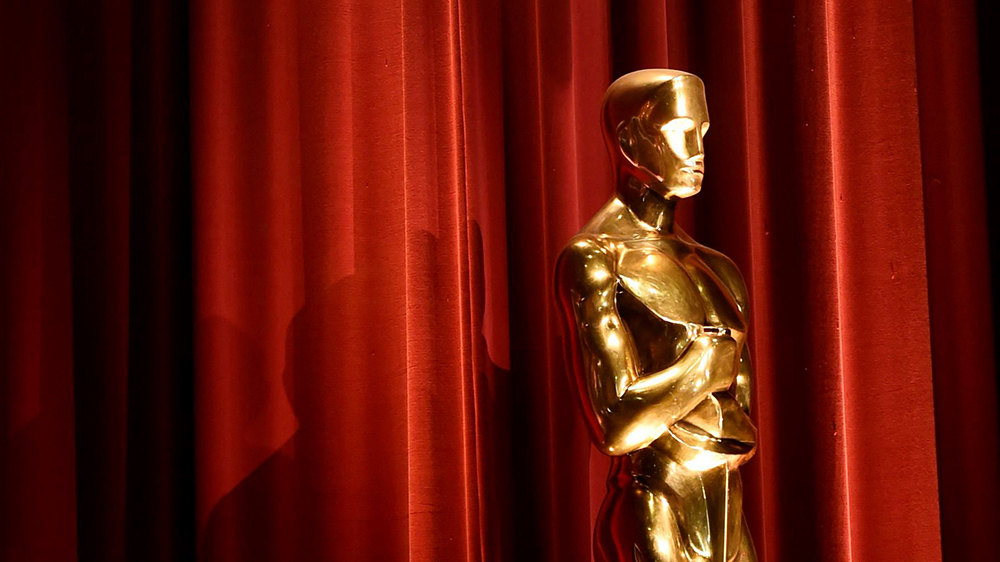
However it would be an overstatement to say that Oscar bait has corrupted the Academy’s integrity. Oftentimes, Oscar bait is nominated but receives little to no wins, especially in the Best Picture category. The most problematic aspect of the Academy is their membership and their voting process.
The original entry requirements to the Academy were decided by sponsorships from two individuals belonging to the branch that the prospective member wishes to join, as well as approval from the Board of Governors. At first, there were five branches: Actors, Writers, Directors, Producers, and Technicians. Today, this number goes up to 17.
The Academy has had a significant shake-up in membership over the last decade though. In 2012, the Los Angeles Times investigated the closely guarded roster of people who make up the Academy to determine the demographical diversity. Of the 5,765 Academy members, the Times learnt the identities of as many members as possible (89%) and discovered that approximately 94% of the Academy are Caucasian and 77% are male. Only 2% are black, less than 2% are Latino, and 14% of members are under the age of 50, with the median age being 62.
In 2016, in the wake of the #OscarsSoWhite controversy, the Academy released a statement announcing substantial changes to membership, hoping to double the number of women and minorities in the Academy by 2020. They also introduced membership renewal to cull the Academy of legacy members who hadn’t worked in the industry in decades.
Now, members can only renew their memberships by actively working over a ten-year period and gain lifetime voting rights after three ten-year terms. Members before the introduction of these policies would be retroactively evaluated and, if they didn’t meet these criteria, would no longer be allowed to vote but could still enjoy the other privileges of membership.
As of 2018, the Academy raised their numbers to 31% women and 16% minorities from 25% and 8%, respectively, in 2015. The Academy has also extended invitations to join to a range of people in the industry with 774 invites in 2017, 928 in 2018, and 842 in 2019.
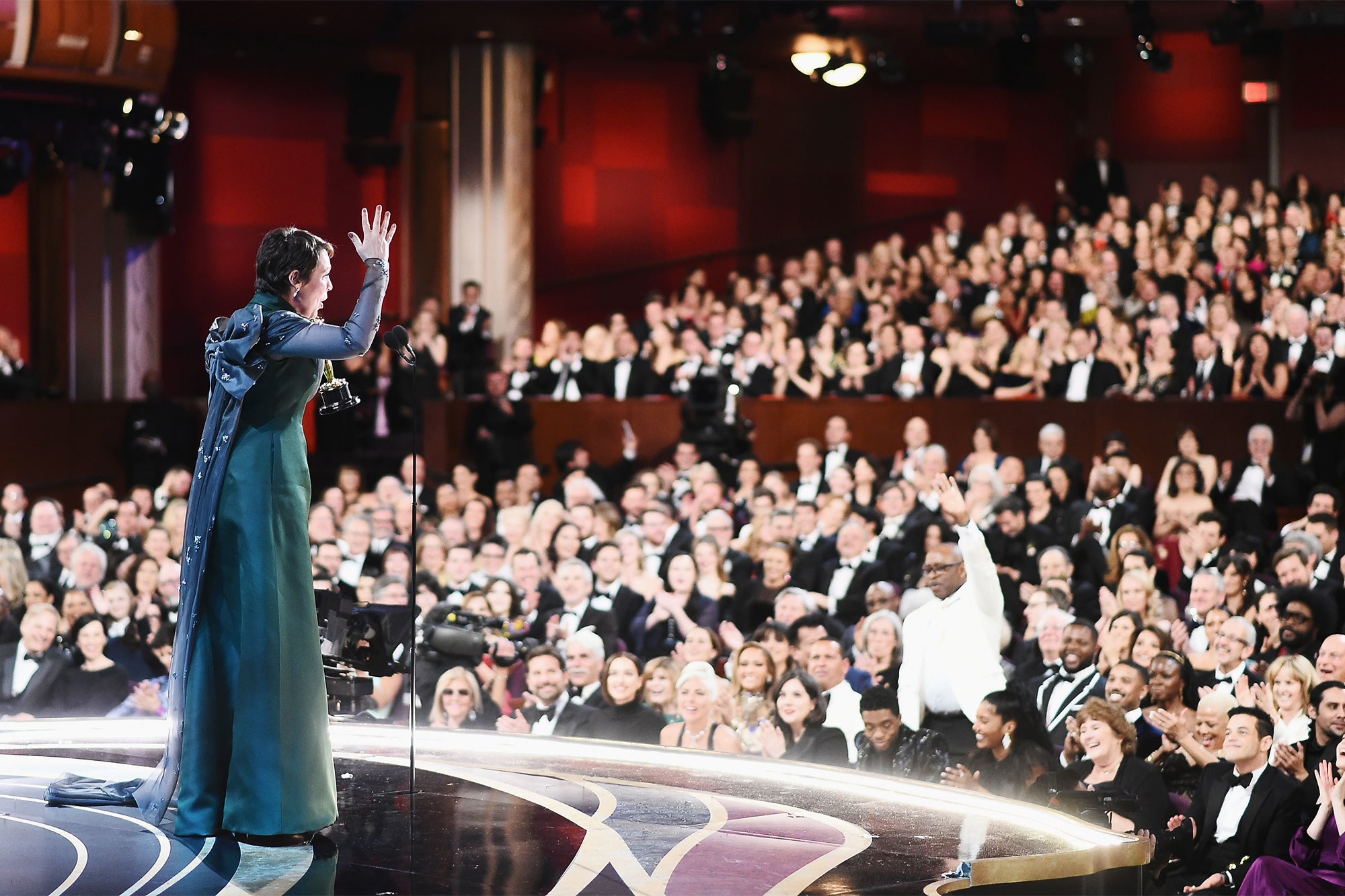
Recently, the Academy has reorganised its membership options into Members-At-Large and Associates to accompany the 17 branches. To be a Member-At-Large, an individual has to be in a creative position that the Academy doesn’t represent in one of its 17 branches and have worked in that position for eight years. Associates are non-voters who are involved in the industry but don’t qualify for the 17 branches or Members-At-Large, such as owners, agents, and senior executives.
And like that test screening of The Deer Hunter over four decades ago, these 17 branches have members who just prefer certain types of films. They aren’t all New York and Los Angeles artistic types. Some are like those Detroit screening viewers. They’re tastes are for war movies like 1917 or more mainstream films like Mad Max: Fury Road. And these tastes come into play during the voting process.
The voting process begins when the branches nominate their respective categories, e.g. editors can only nominate the editors not directors or any other category. These ballots are sent to the PricewaterhouseCoopers, who tally the ballots and assign a number for each potential nominee to secure. All categories except Best Picture have to obtain 1/6 of the votes plus one, while Best Picture (having up to 10 nominees) can go up to 1/11 of the votes plus one.
Once a potential nominee crosses the required number, they become nominated. Then a surplus is implemented if a film has more than ten percent of the number. Those extra ballots are then allocated to their second choice, which helps to choose five nominees. If five films haven’t been chosen using the surplus, any films with less than 1% of the leading nominee are disregarded and their votes redistributed to the voter’s second choice. Eventually, five nominees will be chosen or in the case of Best Picture, up to 10.
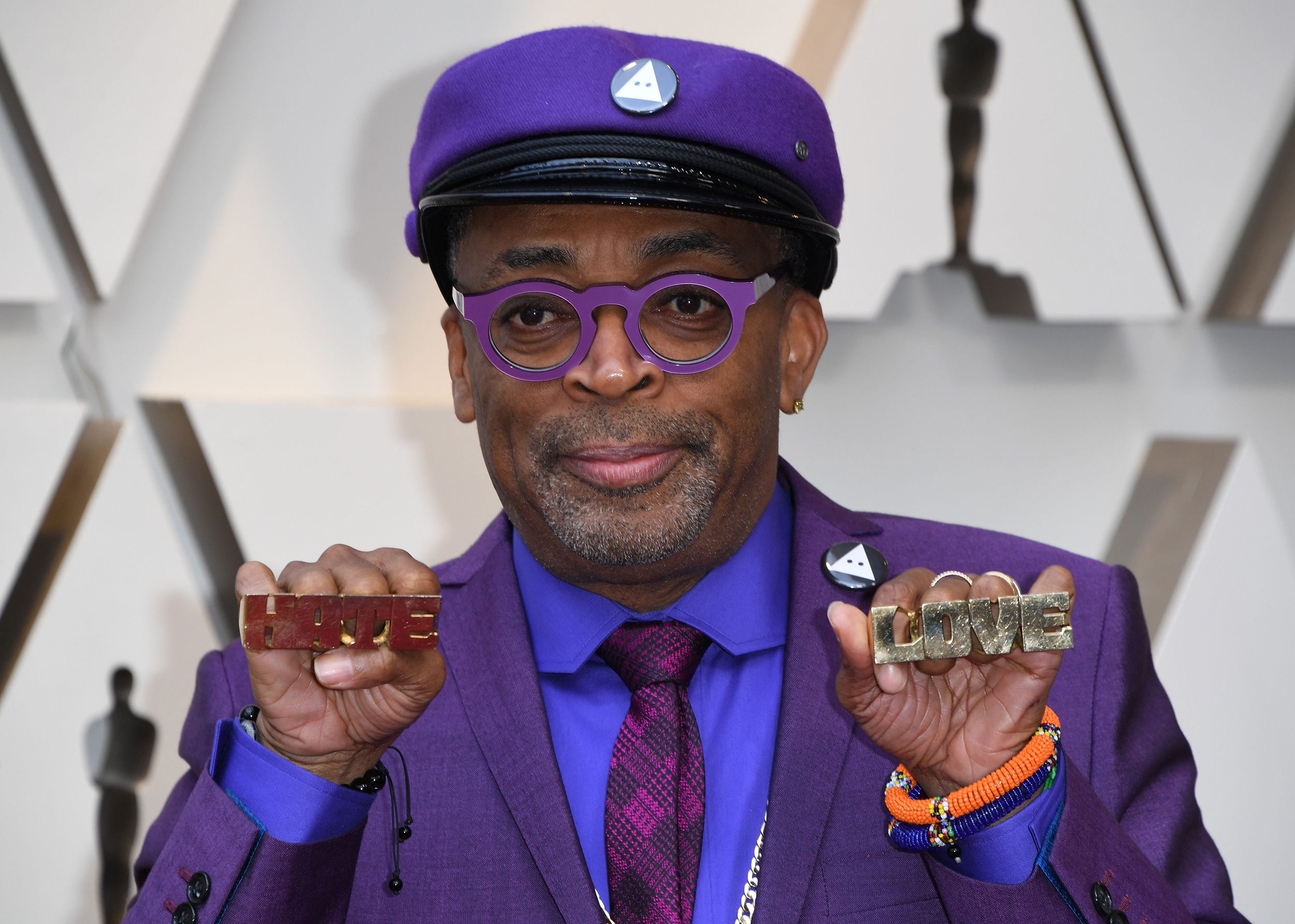
When the nominees are announced, members are sent screeners of every nominated film over a four-week period. Naturally, with the sheer number of films to watch before voting begins again, many members couldn’t watch every film, especially as this four-week period extends over the holidays. As such, members are encouraged to vote only in their categories and Best Picture. Votes are tallied and the awards are chosen.
With nearly no diversity until a few years ago it’s not surprising the type of films that consistently won, especially with almost little to no growth in the Academy’s membership. So when voting time comes, the screeners are stacked on a coffee table and the voter is sitting across from their television which film will a 62 white man choose? Terrence Malick’s uniquely bizarre The Tree of Life or The Artist, a French romance about the silent movie era.
Winning and the Importance of Nominations

What is there to say about truly good movies that hasn’t been said time and time again?
True, The Artist may have had that idealism of cinema that Birdman, The Shape of Water, Argo and countless more had, but it also had more heart and charm then its peers. Malick’s The Tree of Life, while an excellent film, is too strange for the masses and even for those who enjoyed it to rewatch consistently. The Artist had a rare romanticism and innocence from the cynical that elevated it above the competition and similar films.
12 Years a Slave was uniquely American in that it explored the tension between America’s exploitation of slavery and dehumanisation of minority groups through the experience of an individual who believed in the American dream. It came at an appropriate time too, two years after the death of Bin Laden, two years of catharsis after the 9/11 attacks. Bin Laden’s death marked an end to the geopolitical warfare conducted after the Patriot Act and the invasion of Iraq. America’s actions overseas echoed the beliefs of Manifest Destiny and the people of Iraq as surrogates for the African slaves brought across the Atlantic.
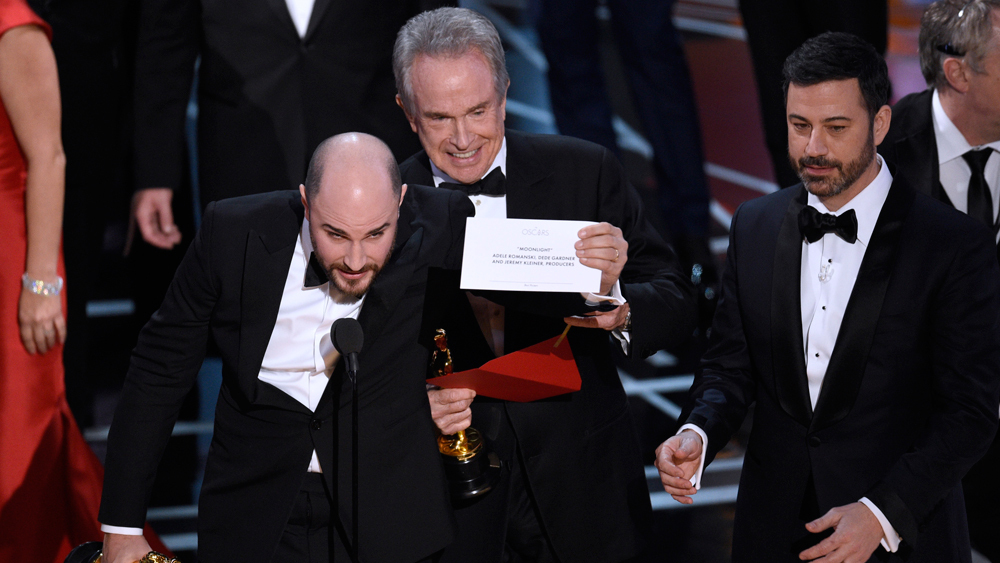
One of the greatest achievements of Moonlight was unseating the trend of movies about movies that had become too expected during the Best Picture award. As La La Land was unseated onstage as the false winner, it marked a step forward for the Academy as an artistic institute that ten years earlier wouldn’t have seen Moonlight take home Best Picture.
And our most recent winner Parasite validated the efforts of a new movement in cinema, Korean New Wave, and its front man Bong Joon-Ho. Parasite marks a beginning of international inclusivity in a society that was originally called the International Academy of Motion Picture Arts and Sciences.
The choice for Best Picture is important because it is the chosen representative of the most influential society in the film industry. What the Academy deems Best Picture is discussed and criticised more widely than more prestigious awards like the Palme d’Or at Cannes or the Grand Jury Prize at Sundance.
The Academy is Hollywood distilled and their decision on Best Picture validates a certain style of storytelling or simplistic understandings of complex issues. It’s why we get such repetition in the winners and why most of the time people can easily assume what will win.

It’s safe to say that diversity in the Academy is important. A varied demographic means that films with a deeper resonance and wider audience are elected, rather than the comforts of familiar filmmaking to a group of 50+ Caucasian men. Diversity ensures an egalitarian choice for a left-wing industry that fetishises the importance of equality.
That being said, the winner of Best Picture will always be contentious. Films, like all artistic expression, incites subjectivity. So, a good deal of consideration should be given to the Best Picture nominees, as well as nominees in other categories, that don’t win the award.
To close both this article and the past decade of filmmaking, here is a list of films that have been overlooked for Best Picture, some nominated and some not, and will likely be watched further into the future then some of the winners:
2010:
Black Swan (dir. Darren Aronofsky)
The Kids Are All Right (dir. Lisa Cholodenko)
The Social Network (dir. David Fincher)
Blue Valentine (dir. Derek Cianfrance)
Animal Kingdom (dir. David Michod)
2011:
The Tree of Life (dir. Terrence Malick)
The Girl with the Dragon Tattoo (dir. David Fincher)
Drive (dir. Nicolas Winding Refn)
We Need to Talk About Kevin (dir. Lynne Ramsey)
Take Shelter (dir. Jeff Nichols)
Young Adult (dir. Jason Reitman)
Attack the Block (dir. Joe Cornish)
A Separation (dir. Asghar Farhadi)
Contagion (dir. Steven Soderbergh)
2012:
Shame (dir. Steve McQueen)
Amour (dir. Michael Haneke)
Frances Ha (dir. Noah Baumbach)
Beasts of the Southern Wild (dir. Benh Zeitlin)
The Hunt (dir. Thomas Vinterburg)
Spring Breakers (dir. Harmony Korine)
Moonrise Kingdom (dir. Wes Anderson)
Holy Motors (dir. Leos Carax)
The Master (dir. Paul Thomas Anderson)
Oki’s Movie (dir. Hong Sang-soo)
The Act of Killing (dir. Joshua Oppenheimer)
2013:
Inside Llewyn Davis (dir. Joel and Ethan Coen)
Prisoners (dir. Denis Villeneuve)
Short Term 12 (dir. Destin Daniel Cretton)
About Time (dir. Richard Curtis)
Her (dir. Spike Jonze)
Before Midnight (dir. Richard Linklater)
No (dir. Pablo Larrain)
Blue is the Warmest Colour (dir. Abdellatif Kechiche)
2014:
Whiplash (dir. Damien Chazelle)
Leviathan (dir. Andrey Zvyagintsev)
Nightcrawler (dir. Dan Gilroy)
The Rover (dir. David Michod)
Citizenfour (dir. Laura Poitras)
The Babadook (dir. Jennifer Kent)
Inherent Vice (dir. Paul Thomas Anderson)
The Raid 2 (dir. Gareth Evans)
Mr. Turner (dir. Mike Leigh)
Boyhood (dir. Richard Linklater)
The Grand Budapest Hotel (dir. Wes Anderson)
Edge of Tomorrow (dir. Doug Liman)
Force Majeure (dir. Ruben Ostlund)
2015:
Anomalisa (dir. Charlie Kaufman)
Amy (dir. Asif Kapadia)
Eye in the Sky (dir. Gavin Hood)
Room (dir. Lenny Abrahamson)
Dope (dir. Rick Famuyiwa)
Green Room (dir. Jeremy Saulnier)
Tangerine (dir. Sean Baker)
Embrace of the Serpent (dir. Ciro Guerra)
Son of Saul (dir. Laszlo Nemes)
Slow West (dir. John Maclean)
Me and Earl and the Dying Girl (dir. Alfonso Gomez-Rejon)
The Lobster (dir. Yorgos Lanthimos)
2016:
The Witch (dir. Robert Eggers)
Kubo and the Two Strings (dir. Travis Knight)
Little Sister (dir. Zach Clark)
Everybody Wants Some!!! (dir. Richard Linklater)
Nocturnal Animals (dir. Tom Ford)
The Love Witch (dir. Anna Biller)
Arrival (dir. Denis Villeneuve)
American Honey (dir. Andrea Arnold)
13th (dir. Ava Duvernay)
Toni Erdmann (dir. Maren Ade)
Sing Street (dir. John Carney)
Elle (dir. Paul Verhoeven)
20th Century Women (dir. Mike Mills)
Certain Women (dir. Kelly Reichardt)
Neon Demon (dir. Nicolas Winding Refn)
Paterson (dir. Jim Jarmusch)
Neruda (dir. Pablo Larrain)
Jackie (dir. Pablo Larrain)
The Handmaiden (dir. Park Chan-Wook)
Moonlight (dir. Barry Jenkins)
2017:
The Meyerwitz Stories (dir. Noah Baumbach)
The Big Sick (dir. Michael Showalter)
The Lost City of Z (dir. James Gray)
A Ghost Story (dir. David Lowery)
Blade Runner 2049 (dir. Denis Villeneuve)
A Quiet Passion (dir. Terence Davies)
On the Beach Alone At Night (dir. Hong Sangsoo)
War for the Planet of the Apes (dir. Matt Reeves)
Personal Shopper (dir. Olivier Assayas)
Wind River (dir. Taylor Sheridan)
The Florida Project (dir. Sean Baker)
You Were Never Really Here (dir. Lynne Ramsey)
Good Time (dir. Josh and Benny Safdie)
Silence (dir. Martin Scorsese)
2018:
Suspiria (dir. Luca Guadagnino)
First Man (dir. Damien Chazelle)
Burning (dir. Lee Chang-dong)
Searching (dir. Aneesh Chaganty)
Upgrade (dir. Leigh Whannell)
Roma (dir. Alfonso Cuaron)
Hereditary (dir. Ari Aster)
Eighth Grade (dir. Bo Burnham)
Sorry To Bother You (dir. Boots Riley)
Game Night (dir. John Francis Daley and Jonathan Goldstein)
Shoplifters (dir. Hirokazu Koreeda)
If Beale Street Could Talk (dir. Barry Jenkins
The Ballad of Buster Scruggs (dir. Joel and Ethan Coen)
Isle of Dogs (dir. Wes Anderson)
Mandy (dir. Panos Cosmatos)
2019:
Uncut Gems (dir. Josh and Benny Safdie)
Rolling Thunder Revue: A Bob Dylan Story (dir. Martin Scorsese)
Booksmart (dir. Olivia Wilde)
The Farewell (dir. Lulu Wang)
Midsommar (dir. Ari Aster)
Hustlers (dir. Lorene Scafaria)
The Lighthouse (dir. Robert Eggers)
Pain and Glory (dir. Pedro Almodovar)
Ad Astra (dir. James Gray)
Portrait of a Lady on Fire (dir. Celine Sciamma)
Dolemite is My Name (dir. Craig Brewer)
The Last Black Man in San Francisco (dir. Joe Talbot)
Honey Boy (dir. Alma Har’el
Apollo 11 (dir. Todd Douglas Miller)
Waves (dir. Trey Edward Shults)
A Hidden Life (dir. Terrence Malick)
I Lost My Body (dir. Jeremy Clapin)
Subscribe to FIB’s Weekly Alchemy Report for your weekly dose of music, fashion and pop culture news!






